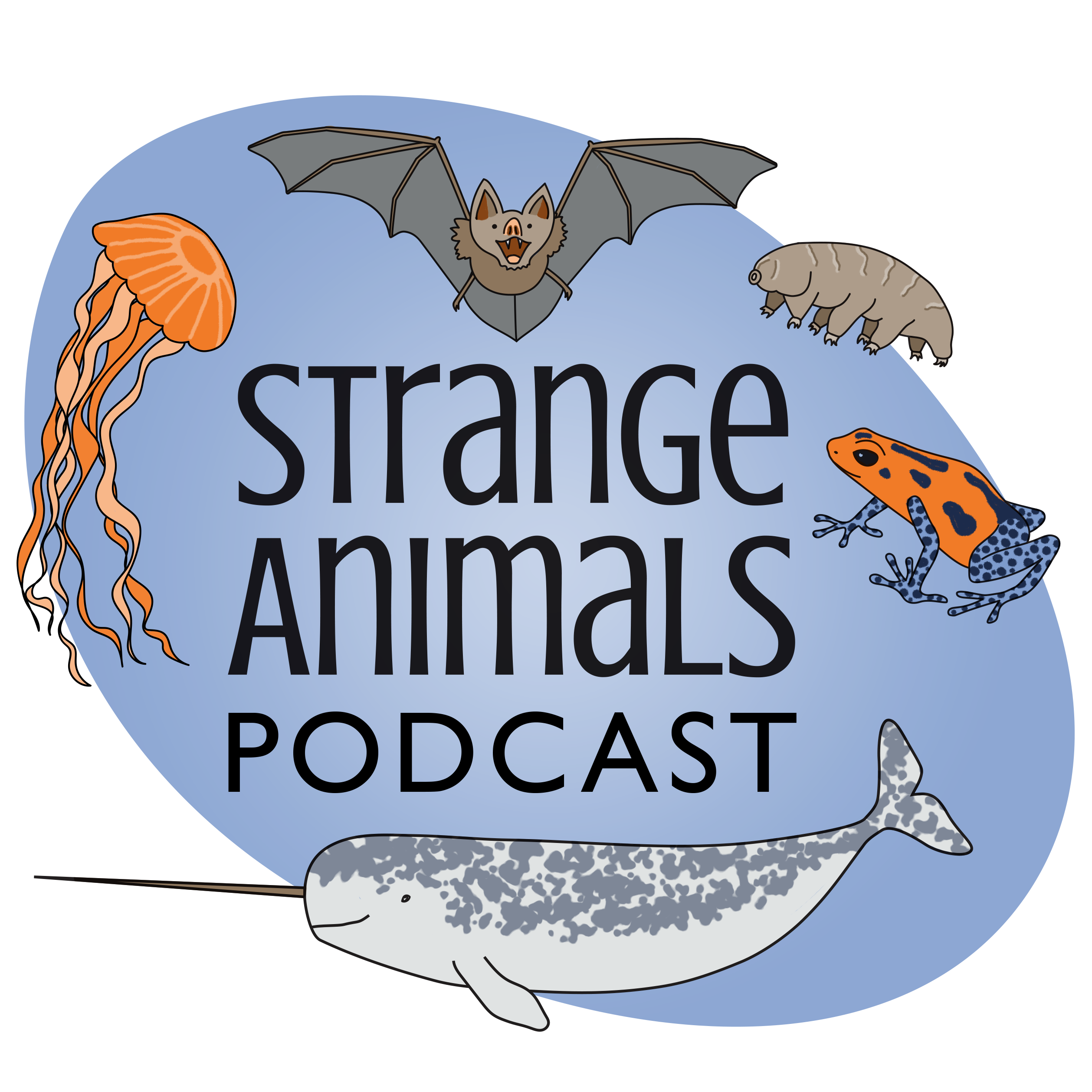Episode 288: Mystery Invertebrates

Thanks to Joel for suggesting this week's topic!\n\nHappy birthday to Fern this week!\n\nFurther reading:\n\nSmall, rare crayfish thought extinct is rediscovered in cave in Huntsville city limits\n\nHundreds of three-eyed 'dinosaur shrimp' emerge after Arizona monsoon\n\nAn invertebrate mystery track in South Africa\n\nThe case of the mysterious holes in the sea floor\n\nContemplating the Con Rit\n\nThe Shelton Cave crayfish, rediscovered:\n\n\n\nThe three-eyed "tadpole shrimp" or "dinosaur shrimp," triops [photo from article linked above]:\n\n\n\nA leech track in South Africa [photo from article linked above]:\n\n\n\nA track, or at least a series of holes, discovered in the deep seafloor [photos from article linked above]:\n\n\n\n\n\nShow transcript:\nWelcome to Strange Animals Podcast. I\u2019m your host, Kate Shaw.\nThanks to Joel who suggested we do an episode about mystery invertebrates! It took me a while, but I think you\u2019re really going to like this episode. Some of the mysteries are solved and some are not, but they\u2019re all fun.\nBefore we get to the mystery animals, though, we have a birthday shout-out! A great big happy birthday to Fern! I hope you have your favorite type of birthday cake or other treat and get to enjoy it with your loved ones.\nOur first mystery starts in a cave near Huntsville, Alabama in the southern United States, which is in North America. Shelta Cave is a relatively small cave system, only about 2,500 feet long, or 760 meters. That\u2019s about half a mile. It\u2019s a nature preserve now but in the early 1900s it was used as an underground dance hall with a bar and everything.\nBiologist John Cooper studied the cave\u2019s aquatic ecosystem in the 1960s when he was doing his dissertation work. His wife Martha helped him since they were both active cavers. At the time, the cave ecosystem was incredibly diverse, including three species of crayfish. One was called the Shelta Cave crayfish, which was only a few inches long, or about 5 cm, mostly translucent or white since it didn\u2019t have any pigment in its body, and with long, thin pincers.\nIt was rarer than the cave\u2019s other two crayfish species, and unlike them it had only ever been found in Shelta Cave. From 1963 to 1975, only 115 individuals had been confirmed in repeated studies of the cave\u2019s ecosystem.\nThen, in the 1970s, several things happened that caused a serious decline in the diversity of life in the cave.\nThe first was development of the land around the cave into subdivisions, which meant that more pesticides were used on lawns and flower beds, which made its way into the groundwater that entered the cave. It also meant more people discovering the cave and going in to explore, which was disturbing a population of gray bats who also lived in the cave. To help the bats and keep people out, the park service put a gate over the entrance, but the initial gate\u2019s design wasn\u2019t a very good one. It kept people out but it also made it harder for the bats to go in and out, and eventually the bats gave up and moved out of the cave completely. This really impacted the cave\u2019s ecosystem, since bats bring a lot of nutrients into a cave with their droppings and the occasional bat who dies and falls to the cave floor.\nThe gate has since been replaced with a much more bat-friendly one, but studies afterwards showed that a lot of the animals found in the cave had become rare. The Shelta Cave crayfish had disappeared completely. One was spotted in 1988 but after that, nothing, and the biologists studying the cave worried that it had gone extinct.\nThen, in 2019, a team of scientists and students surveying life in the cave spotted a little white crayfish with long, thin pincers in the water. The team leader dived down and scooped it up with his net to examine more closely. The crayfish turned out to be a female Shelta Cave crayfish with eggs, which made everyone excited, and after taking a tiny tissue sample for DNA testing, and lots of photographs,